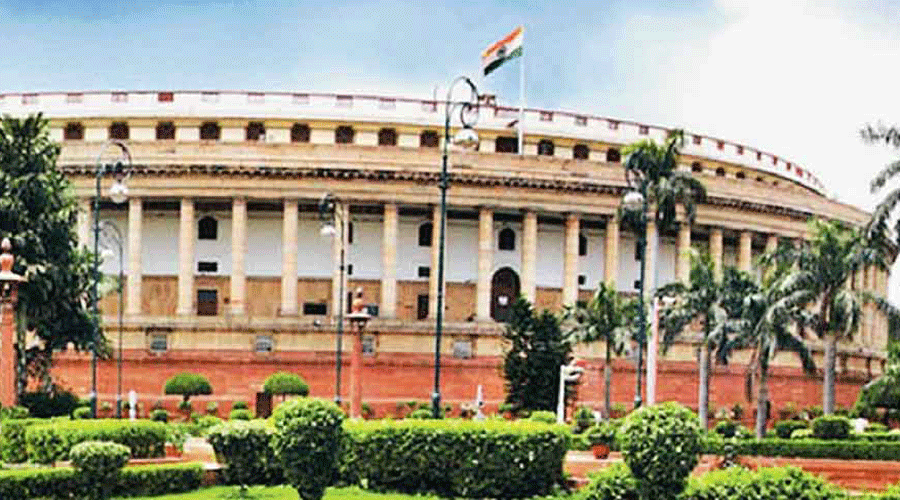The Narendra Modi government has backtracked from its plans to revise the income criterion for demarcating the non-creamy layer among the Other Backward Classes, saying the current family ceiling of Rs 8 lakh per annum is “sufficient”.
A leading OBC organisation said the government’s decision was aimed at appeasing the Economically Weaker Sections (EWS) among the dominant castes.
The income ceiling to demarcate the EWS is also Rs 8 lakh, which has been challenged in the Supreme Court and cannot be modified until the case is disposed of.
Sections among OBCs believe any upward revision for them without any change to the EWS ceiling could anger the dominant castes, a risk the government is not willing to take.
Yearly family income is used as the yardstick to determine who among OBCs will not fall in the creamy layer.
The creamy layer is excluded from the benefits of 27 per cent reservation in central government jobs and admission to central educational institutions.
The income ceiling had last been revised in September 2017. Although the revision should be done every three years, it usually takes place every four years. However, it has now been over five years since the last revision took place.
Congress Lok Sabha member Dean Kuriakose on Tuesday wanted to know if the government proposes to revise the non-creamy layer limit.
Minister of state for social justice A. Narayanaswamy said the current criterion was sufficient.
“There is no proposal for revision of the OBC Non-Creamy Layer limit since the existing income limit is considered sufficient,” the minister said in a written reply.
Ahead of the 2019 general election, the government had set up an expert committee on creamy layer revision. The committee suggested increasing the limit to Rs 12 lakh, including salary income.
On March 23, 2021, minister of state Krishan Pal Gurjar had told the Lok Sabha in a written reply that “revision of creamy layer of OBC is under consideration of government”.
The Supreme Court had in the 1993 Indira Sawhney judgment upheld the constitutional validity of the 27 per cent reservation for OBCs in government jobs, but introduced a creamy lawyer that would be excluded from quota benefits.
The court had left it to the government to decide the methodology for the identification of the creamy layer. A department of personnel and training order of September 1993 laid down the criteria for identifying the creamy layer among the OBCs.
It mentioned that those with a family income of Rs 1 lakh and more — income from salary and agriculture excluded — would fall within the creamy layer.
Holders of certain constitutional and government posts would also be part of the creamy layer. The income ceiling was raised to Rs 2.5 lakh in March 2004, Rs 4.5 lakh in October 2008, Rs 6 lakh in May 2013 and Rs 8 lakh in September 2017.
The Centre’s stand against any revision to the income criterion has drawn the ire of OBC leaders and experts. Justice Vangala Eswaraiah, former Acting Chief Justice of Andhra Pradesh High Court, said the government’s response betrayed its scant regard for the spirit of the Indira Sawhney judgment.
“The Indira Sawhney judgment left the methodology for (determination of ) creamy layer to the government. Now the methodology has become a deterrent for the OBCs to receive the quota meant for them. It is time the government frames a more scientific methodology for the identification of OBCs,” Justice Eswaraiah said.
He said the 27 per cent reservation could be divided into four slabs.
G. Karunanidhy, secretary of the All India OBC Employees Federation, said the first committee on the creamy layer had recommended revision of the income criteria once every three years.
“It has been over five years but the income ceiling has not been revised. To say the current limit is sufficient is unjustified and unreasonable,” Karunanidhy said.
Karunanidhy pointed to the case in the Supreme Court challenging the income criterion of Rs 8 lakh for the EWS.
“The government does not want to disappoint the EWS people by widening the non-creamy layer for OBCs. The income limit of the EWS has been challenged in court and the government cannot increase that (until the case is settled). It is my hunch that the government may be working on making the criteria identical for the non-creamy layer OBCs and the EWS,” Karunanidhy said.











